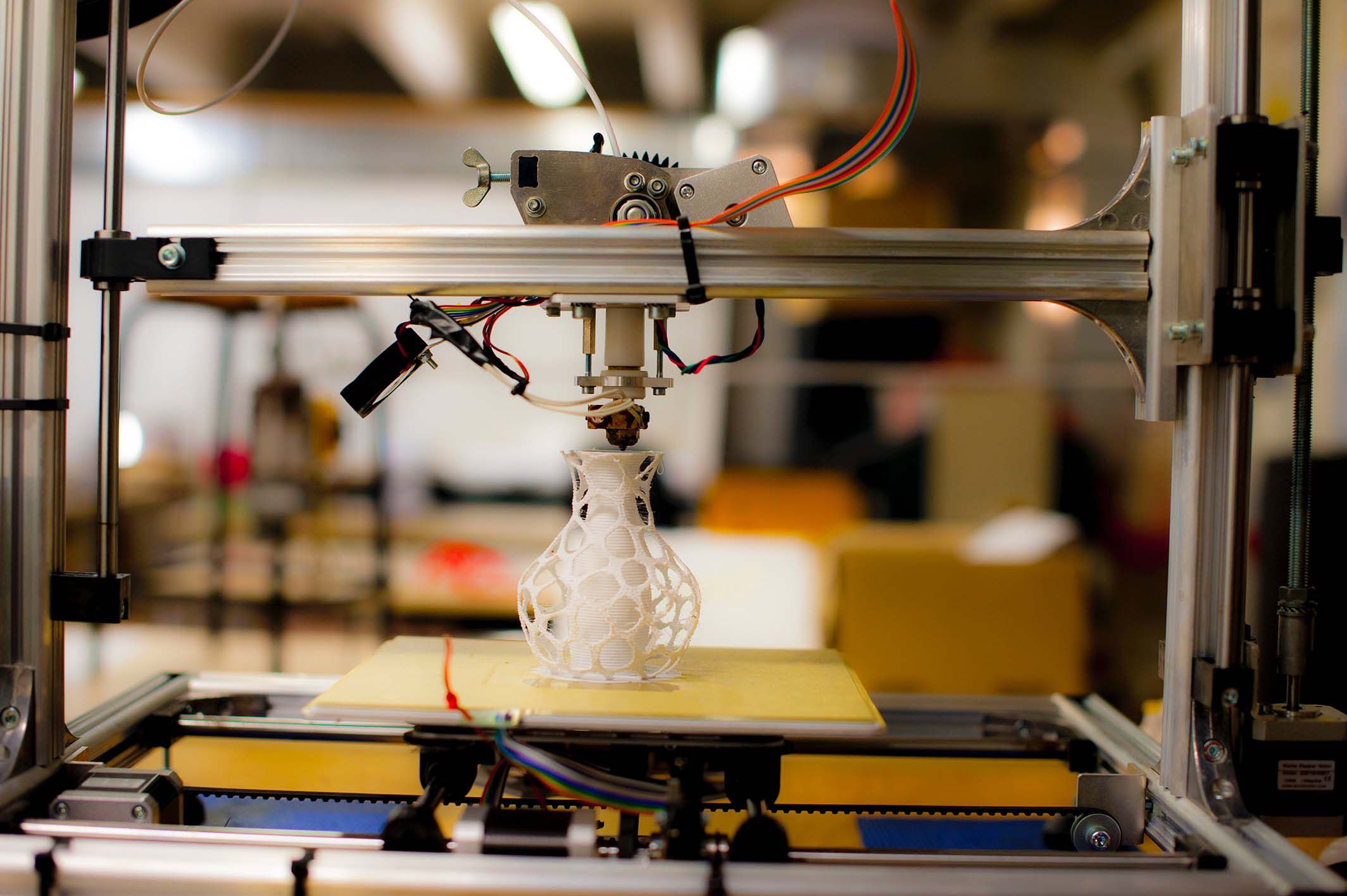Wearable technology, also known as wearables, is a type of technology that can be worn on the body as accessories or clothing. The devices are designed to perform various functions such as tracking fitness, monitoring health, providing communication, and entertainment.
Wearable technology has gained significant popularity over the past few years, with a wide range of devices available on the market, including smartwatches, fitness trackers, augmented reality glasses, and smart clothing. According to a report by Grand View Research, the global wearable technology market size is expected to reach USD 93.17 billion by 2027, growing at a CAGR of 15.9% from 2020 to 2027.
The growth in the wearable technology market can be attributed to several factors, including advancements in technology, the increasing demand for health and fitness tracking, and the rising adoption of wearable devices in various industries.
Advancements in technology have led to the development of advanced sensors, smaller processors, and improved batteries, making it possible to create highly functional and compact wearable devices. Wearables are equipped with sensors that collect data about the user’s body, including heart rate, steps taken, and sleep quality. This data can then be used to provide insights into the user’s health and fitness, and can be shared with healthcare professionals to aid in diagnosis and treatment.
In addition to health and fitness tracking, wearable technology has also found applications in various industries, including manufacturing, logistics, and retail. In the manufacturing industry, wearables can be used to monitor worker productivity and safety, while in the logistics industry, they can be used to track inventory and shipments. In the retail industry, wearables can be used to provide customers with personalized shopping experiences and improve employee productivity.
Another area where wearable technology is expected to have a significant impact is in the field of augmented reality. Wearable devices such as smart glasses and headsets can be used to create immersive experiences that blend the physical and digital worlds. This technology has the potential to revolutionize industries such as gaming, education, and healthcare.
Despite the many benefits of wearable technology, there are also some concerns surrounding privacy and security. Wearable devices collect large amounts of data about their users, which can be sensitive and private. It is essential that companies take measures to protect user data and ensure that it is not shared or used inappropriately.
In conclusion, wearable technology is rapidly evolving and is poised to become an essential part of our daily lives. With advancements in technology, we can expect to see more advanced and compact wearable devices that are capable of performing a wide range of functions. As the market continues to grow, it is important for companies to prioritize user privacy and security to build trust with their customers.









